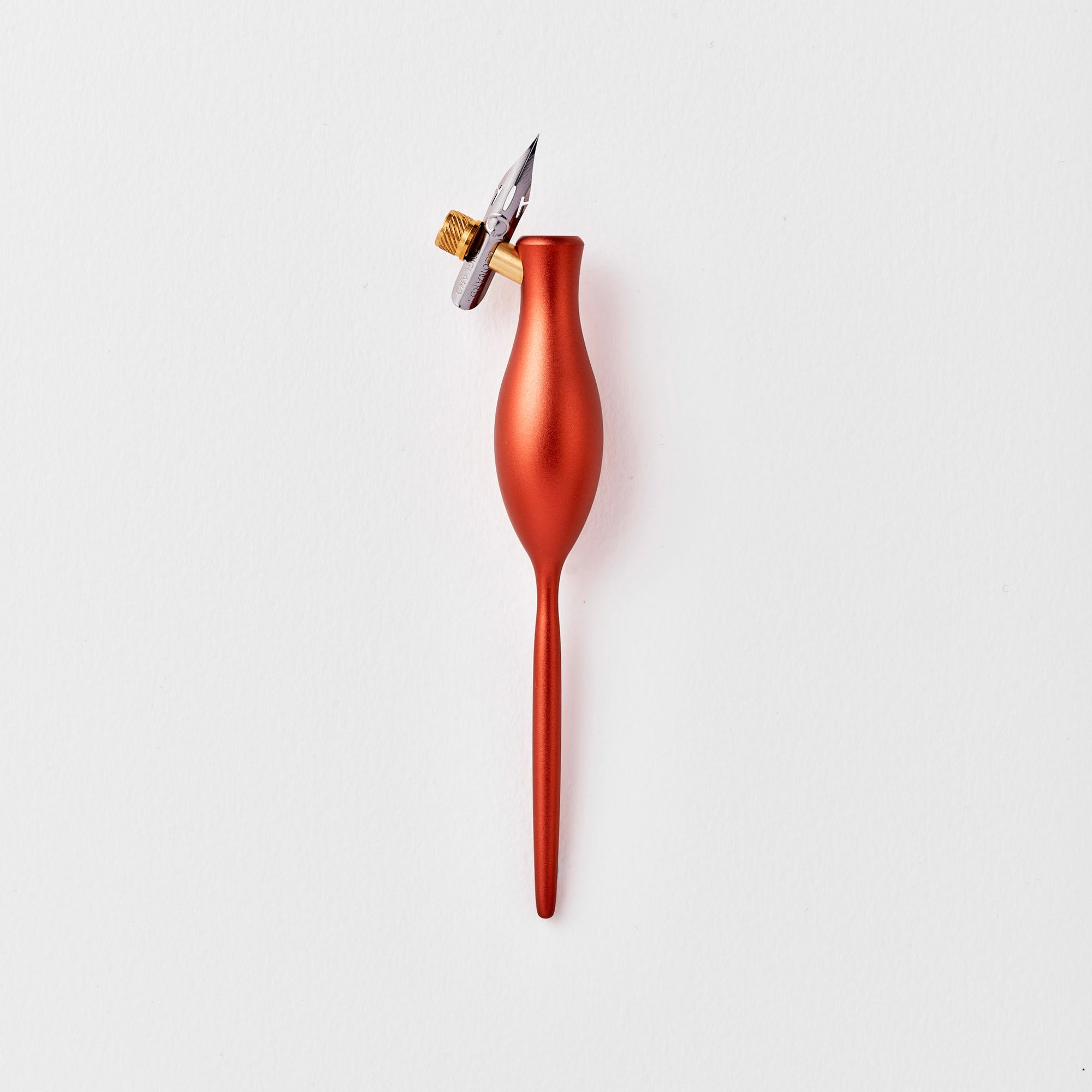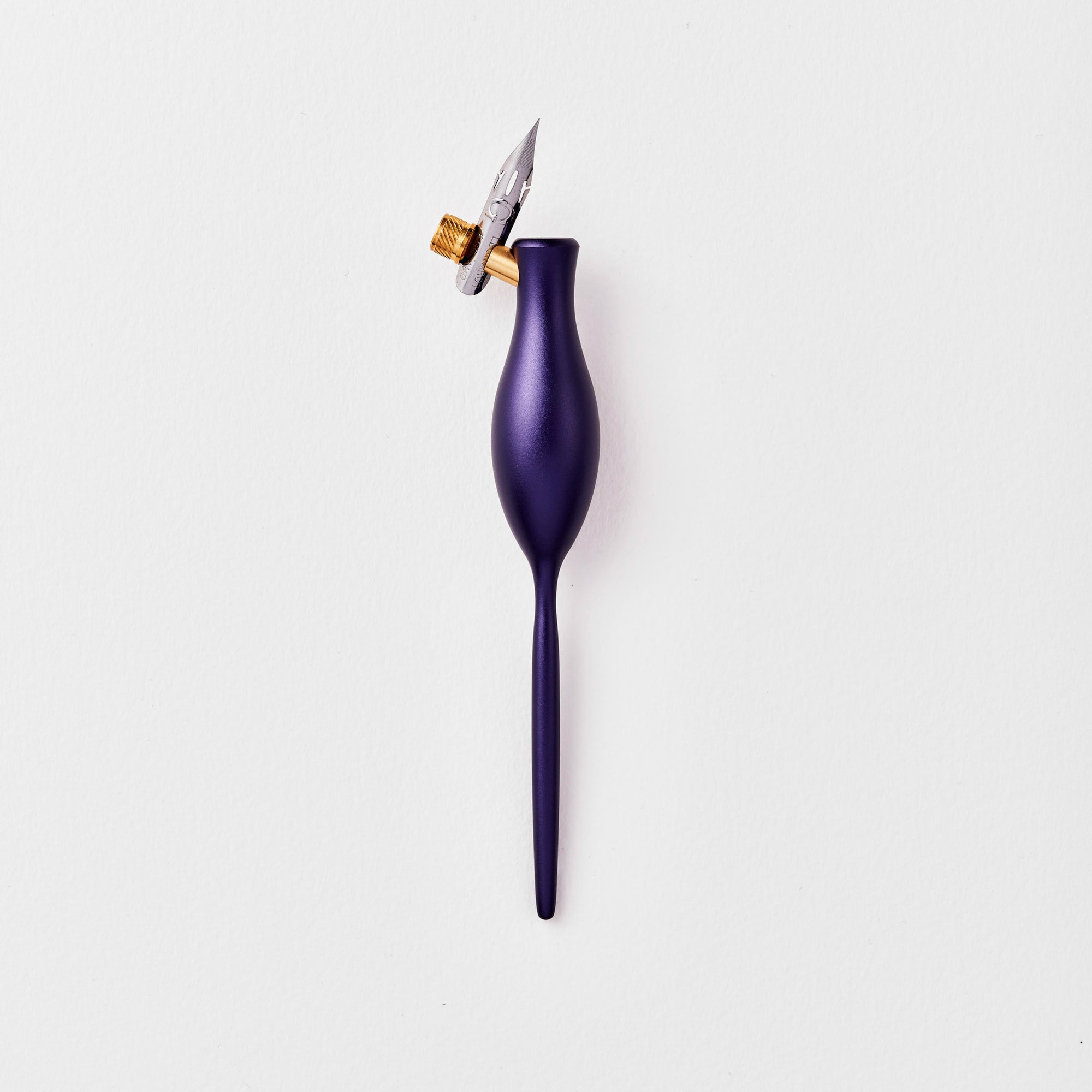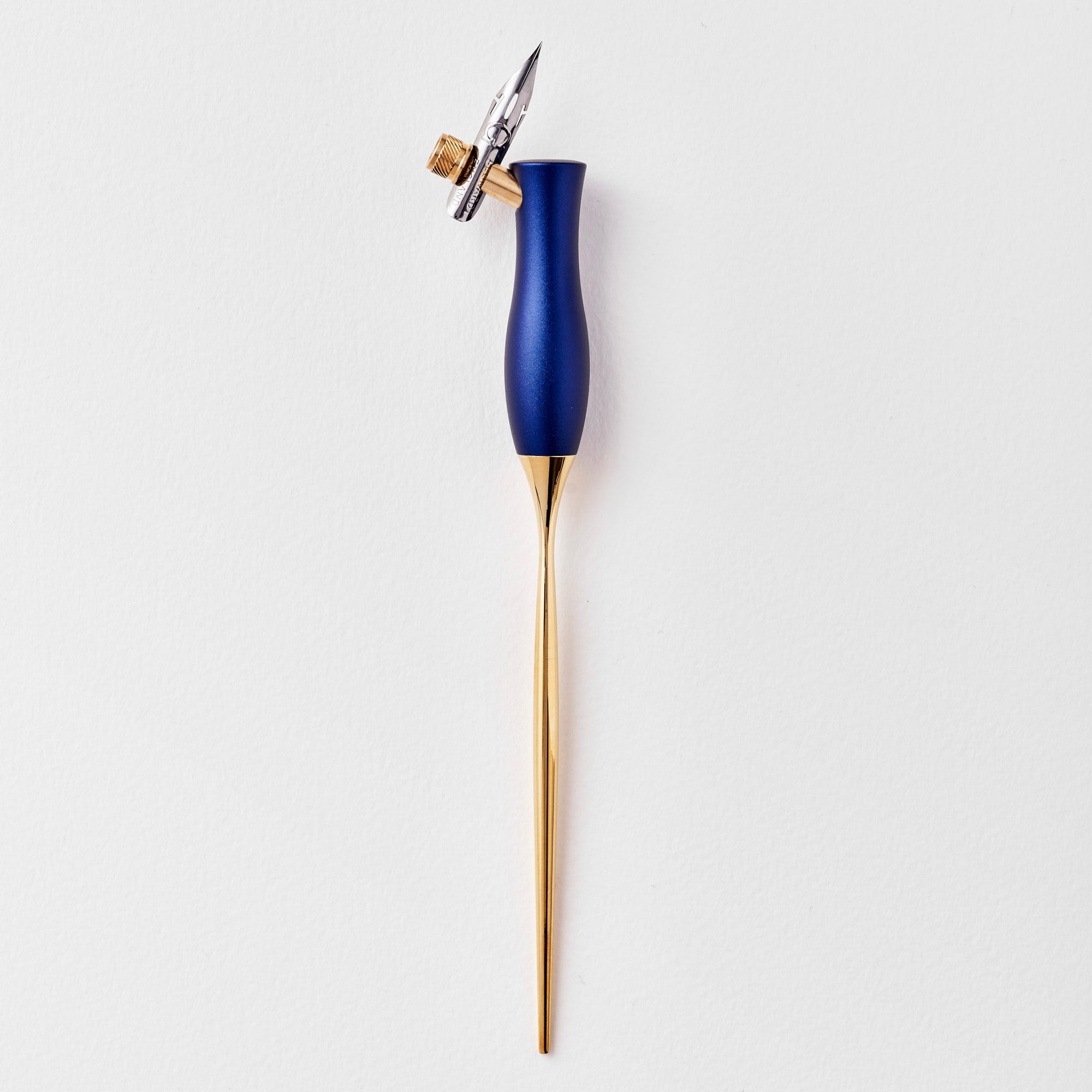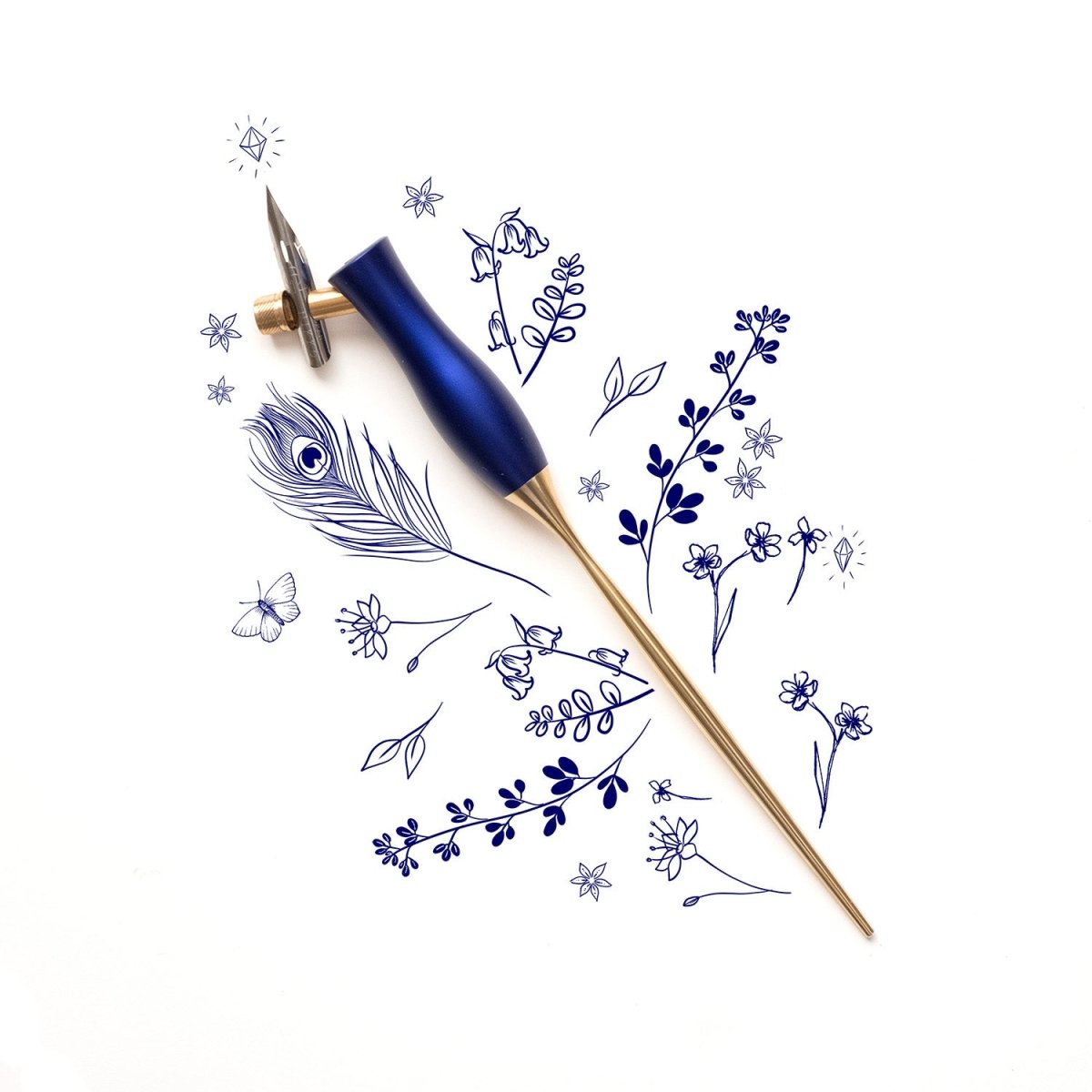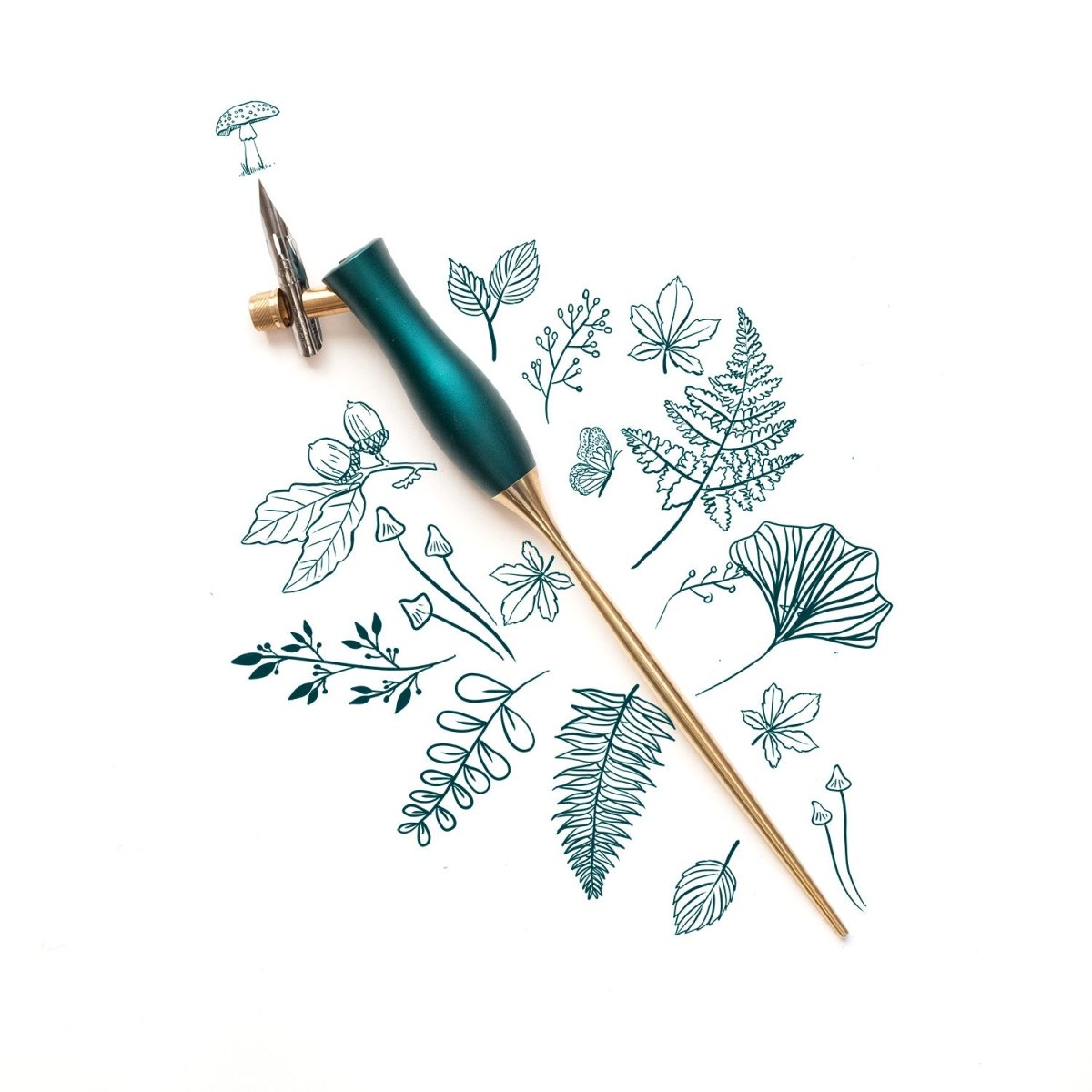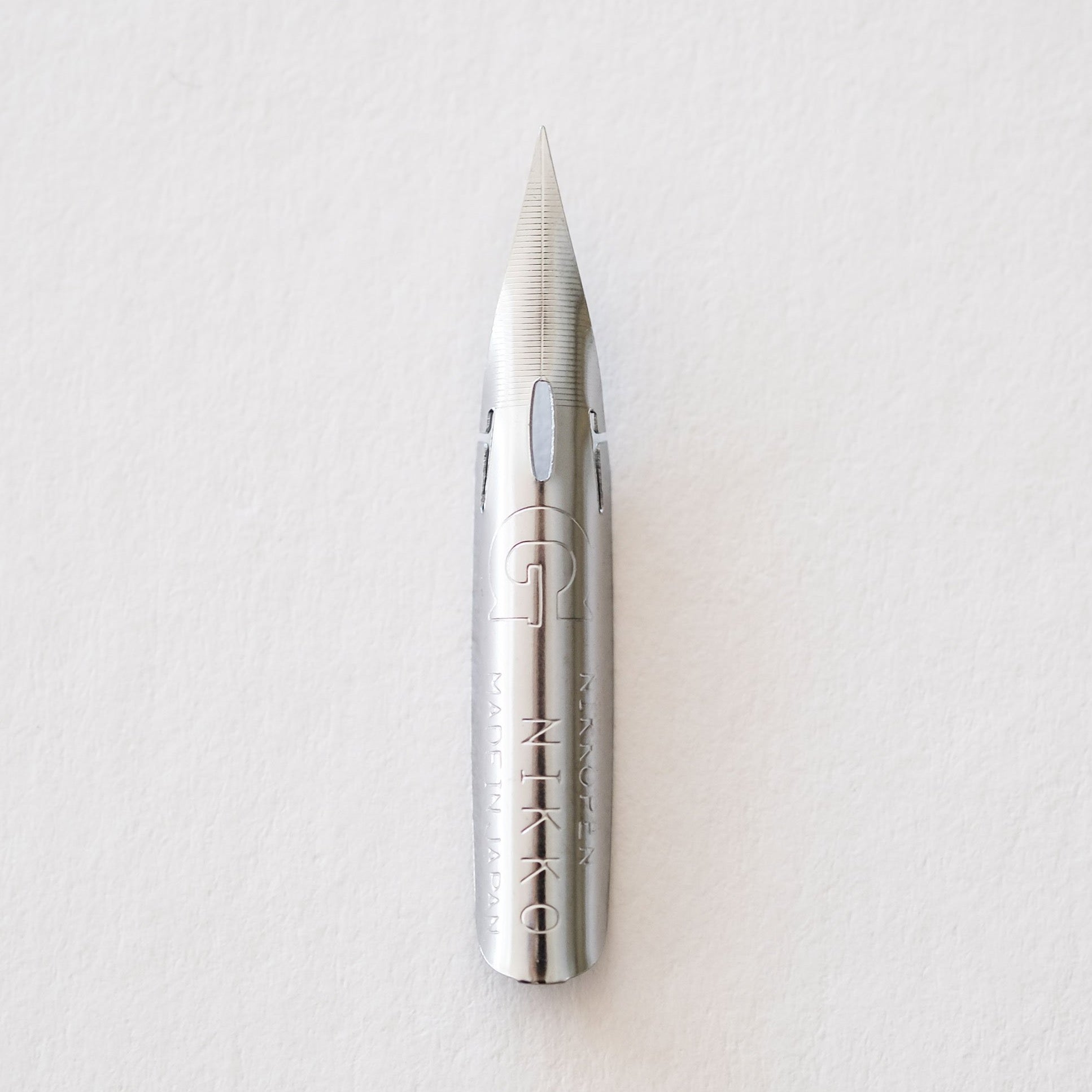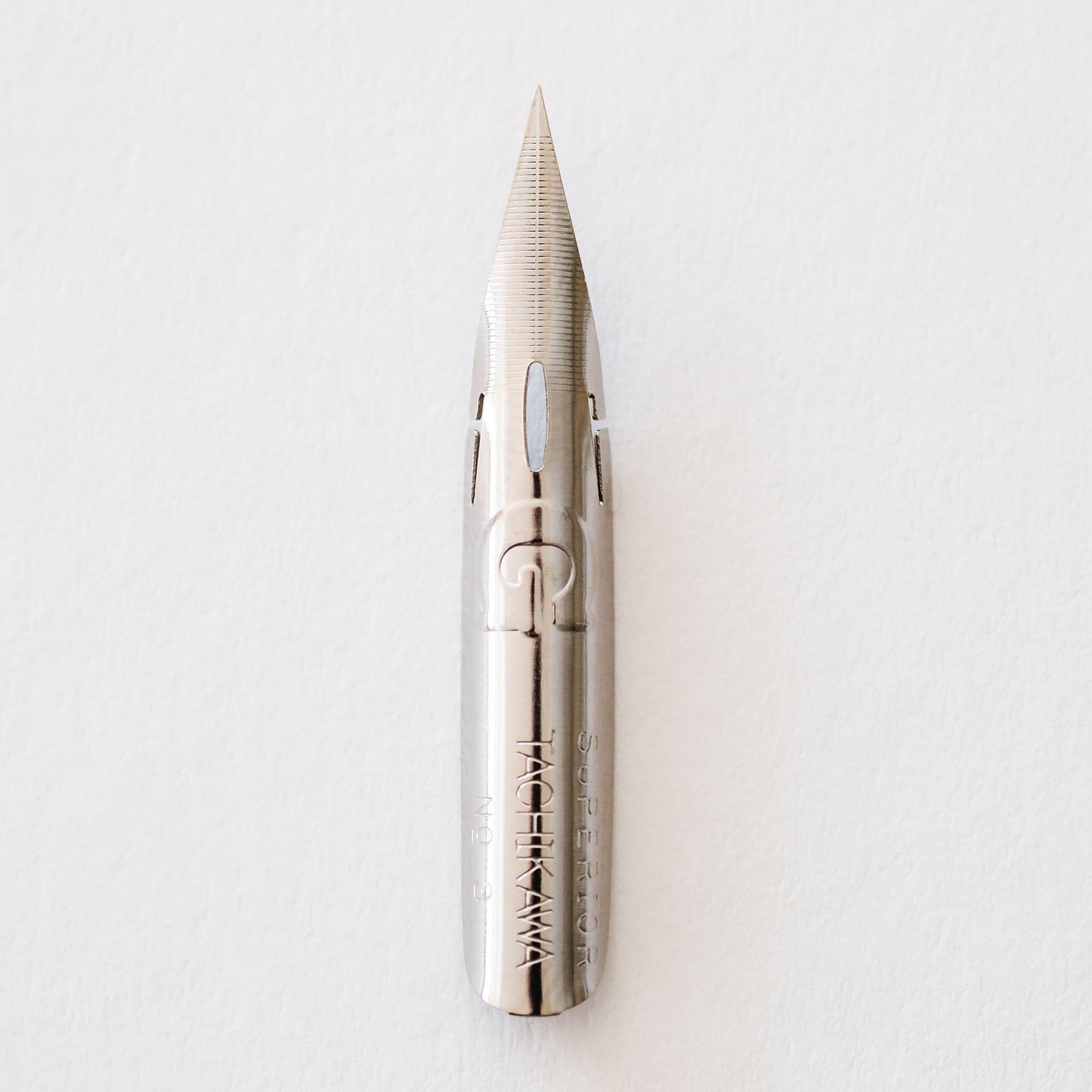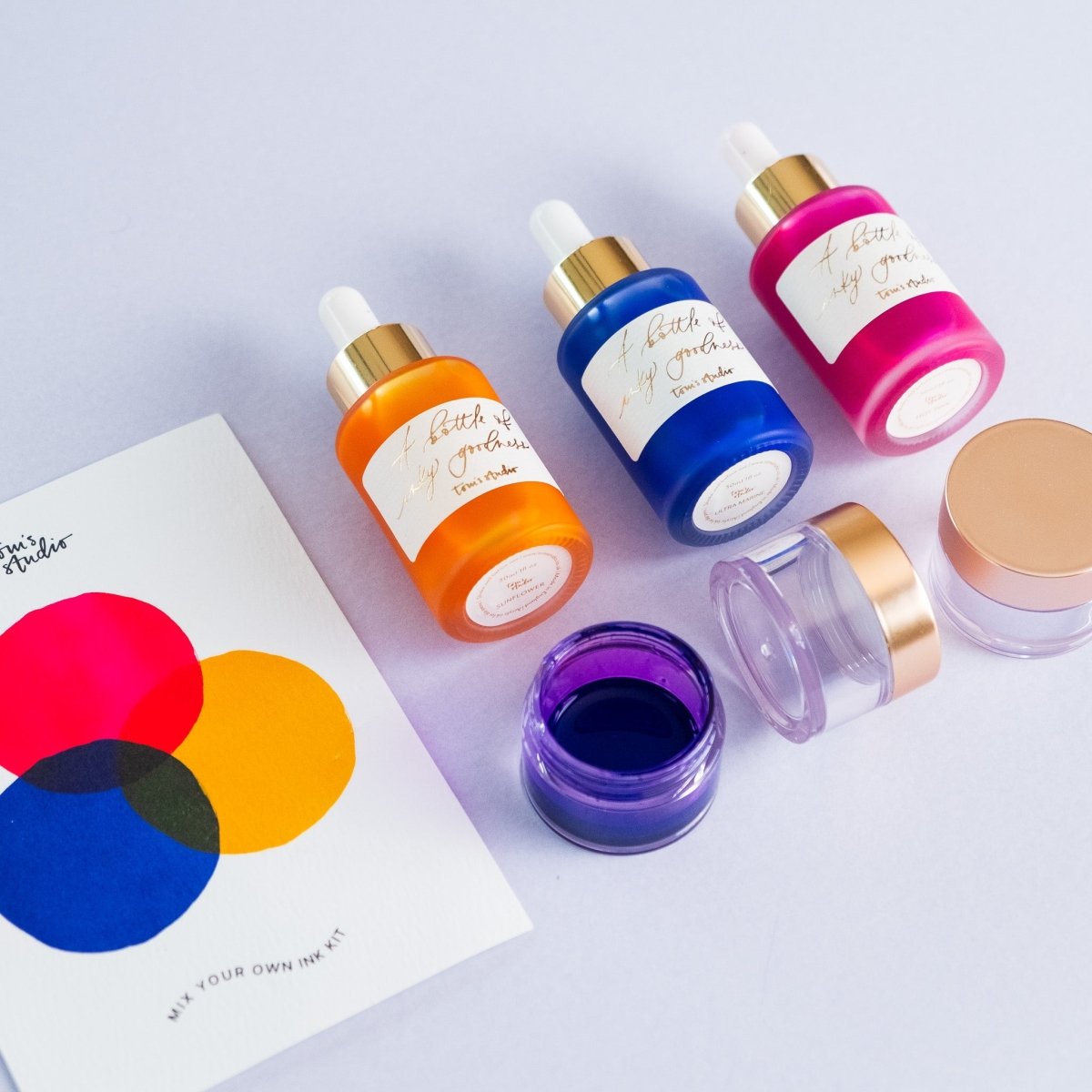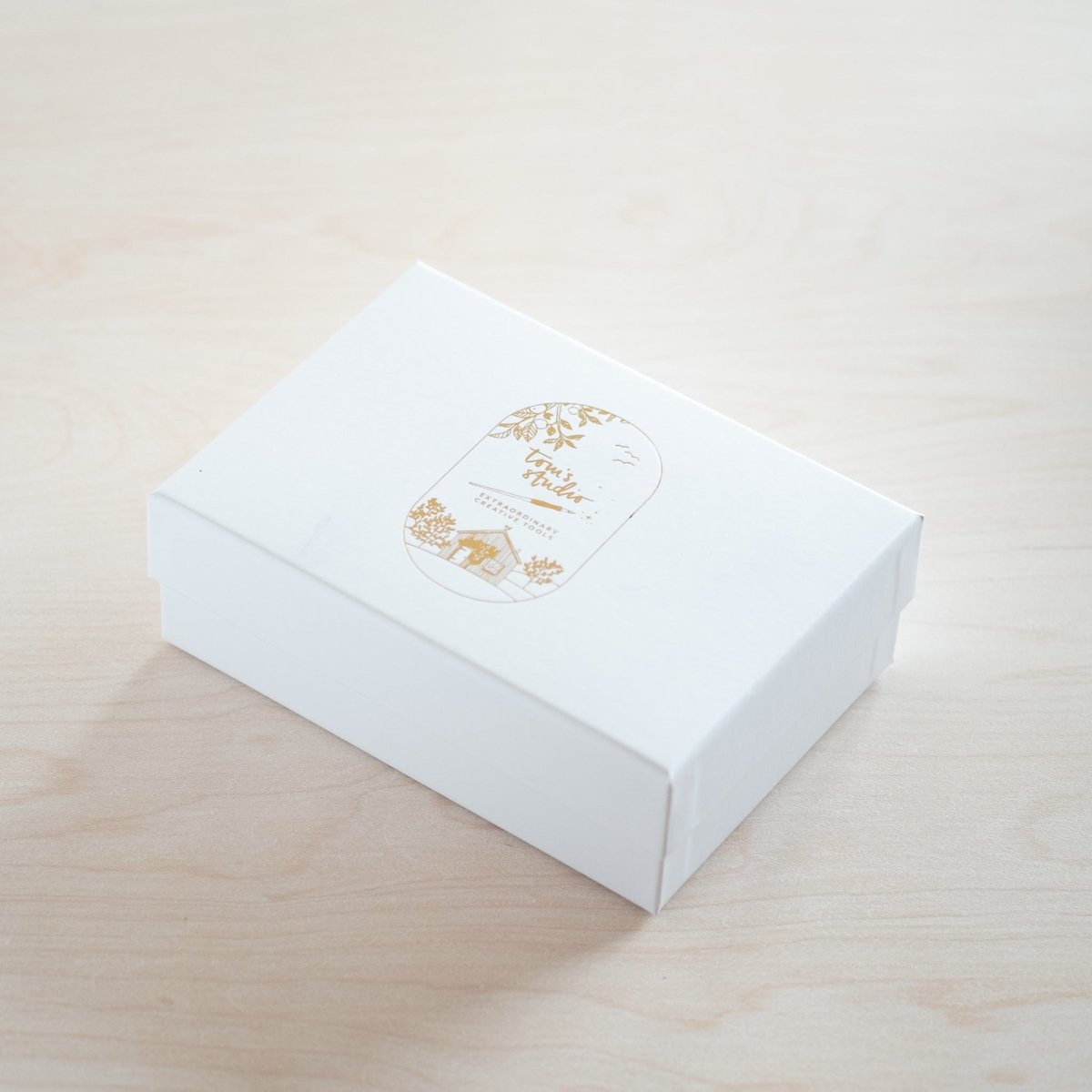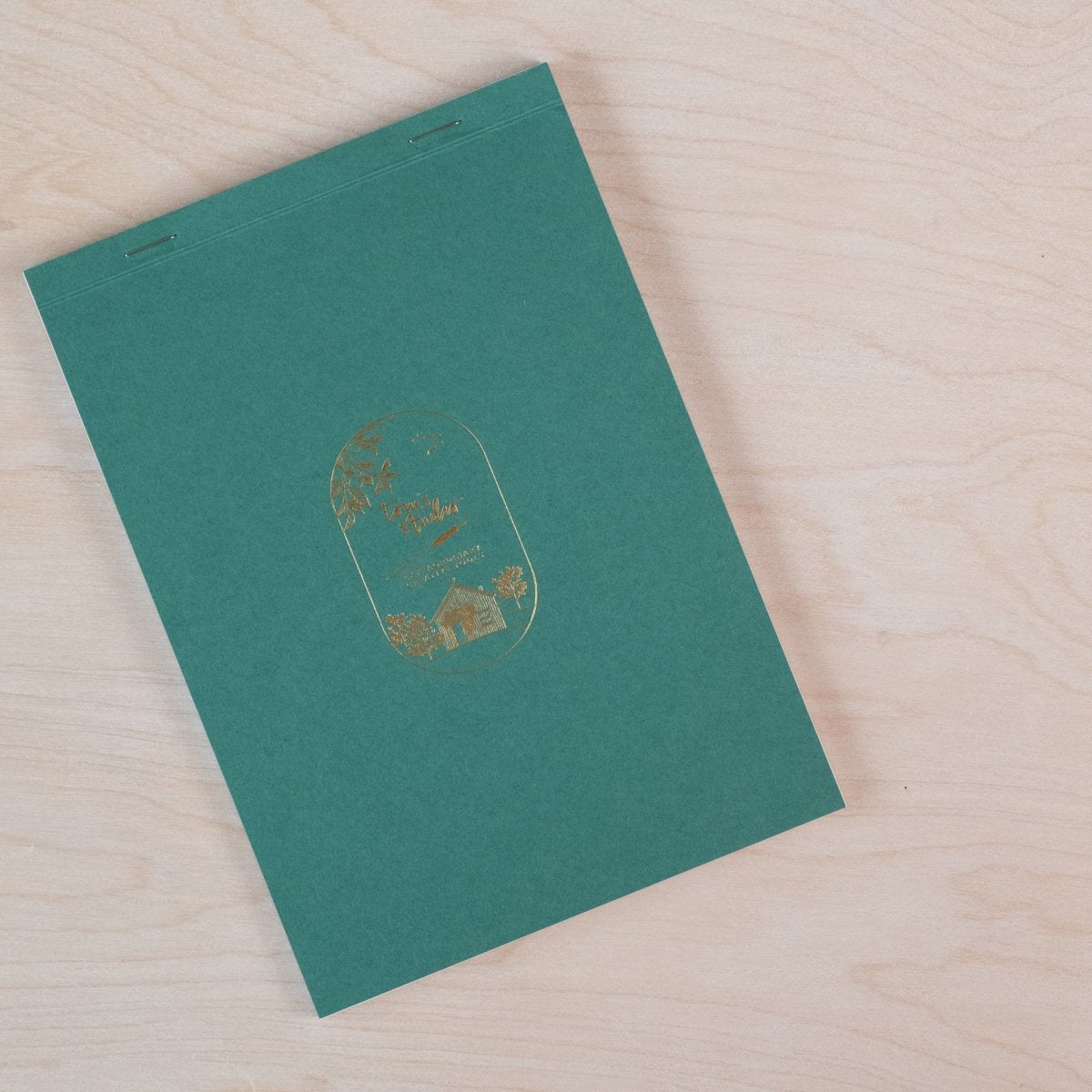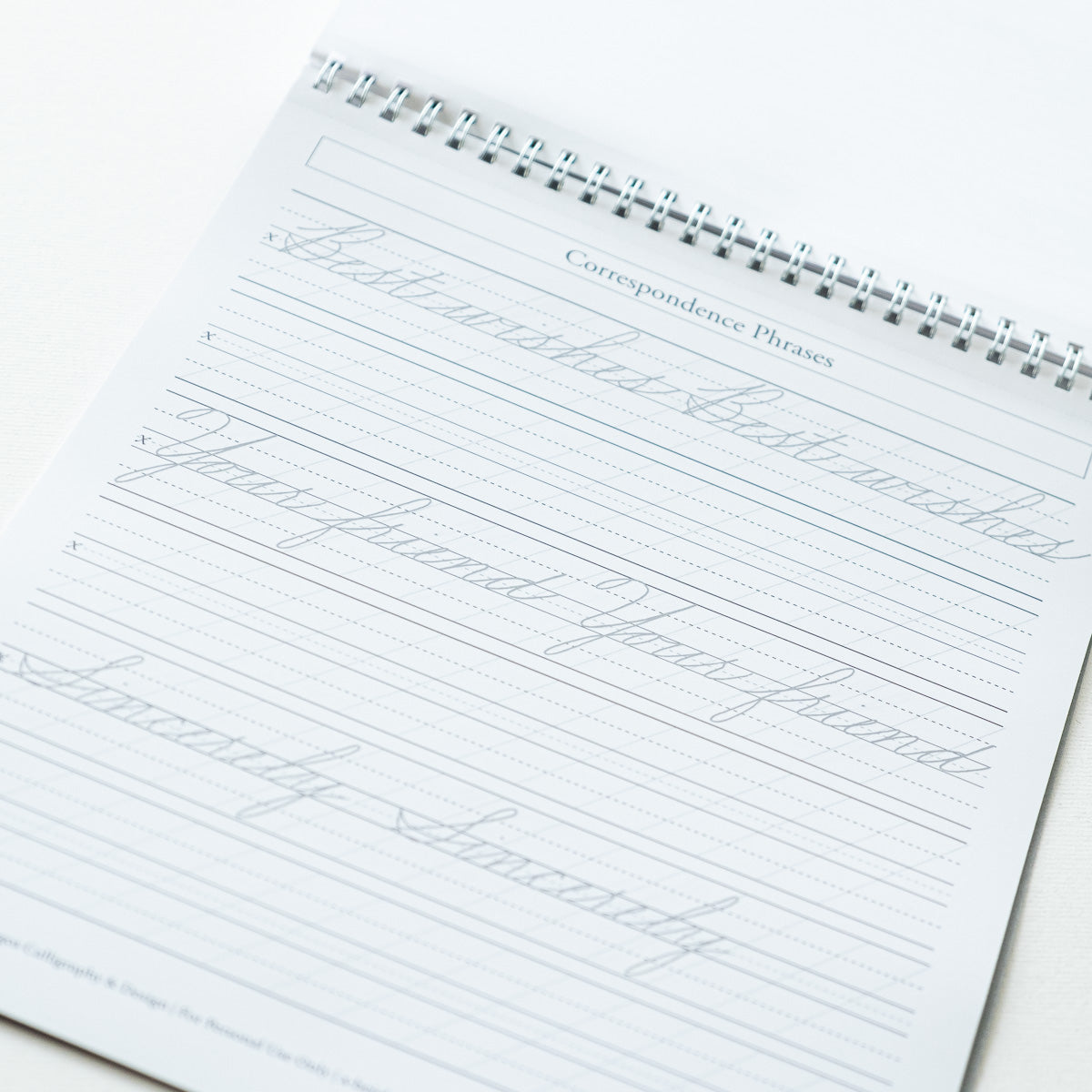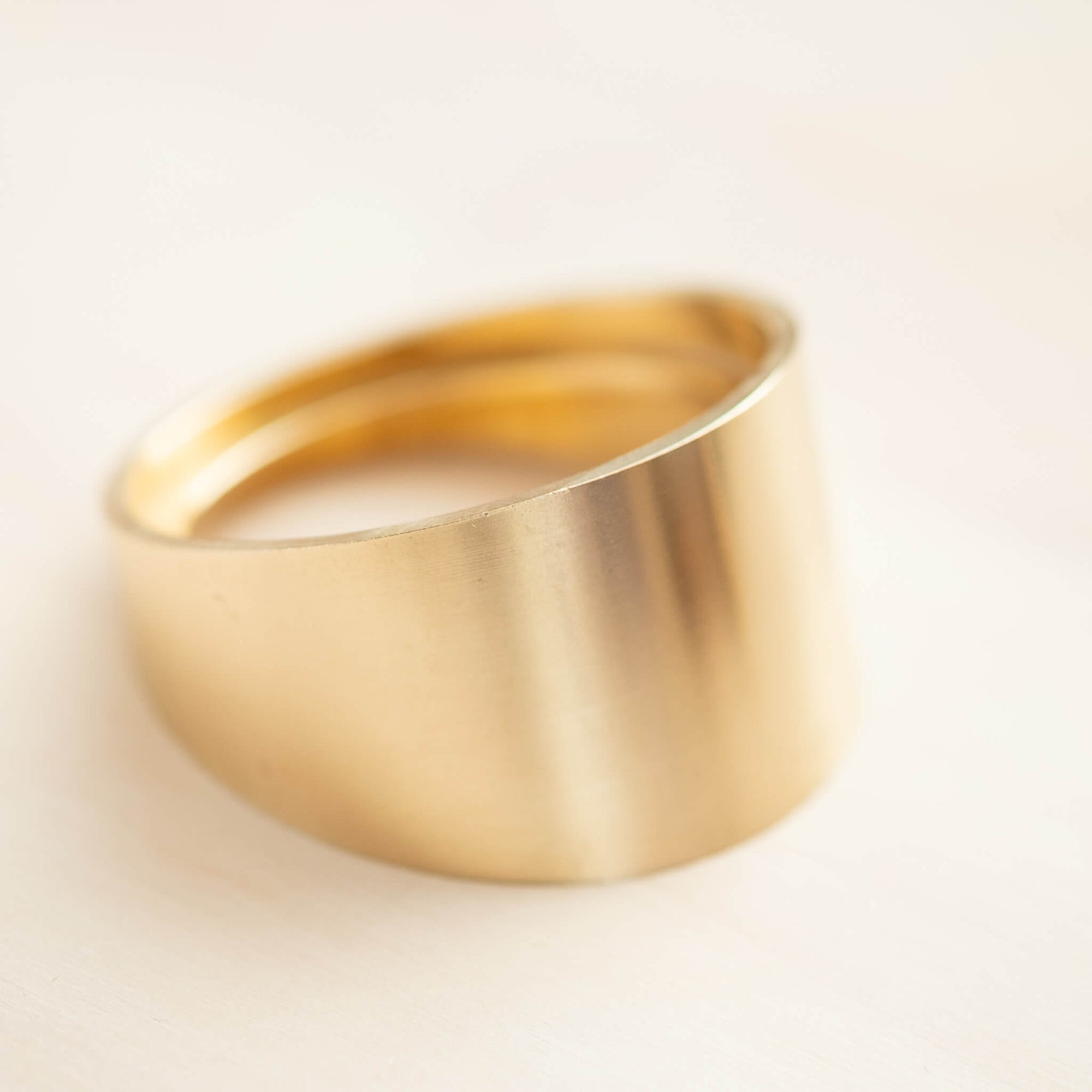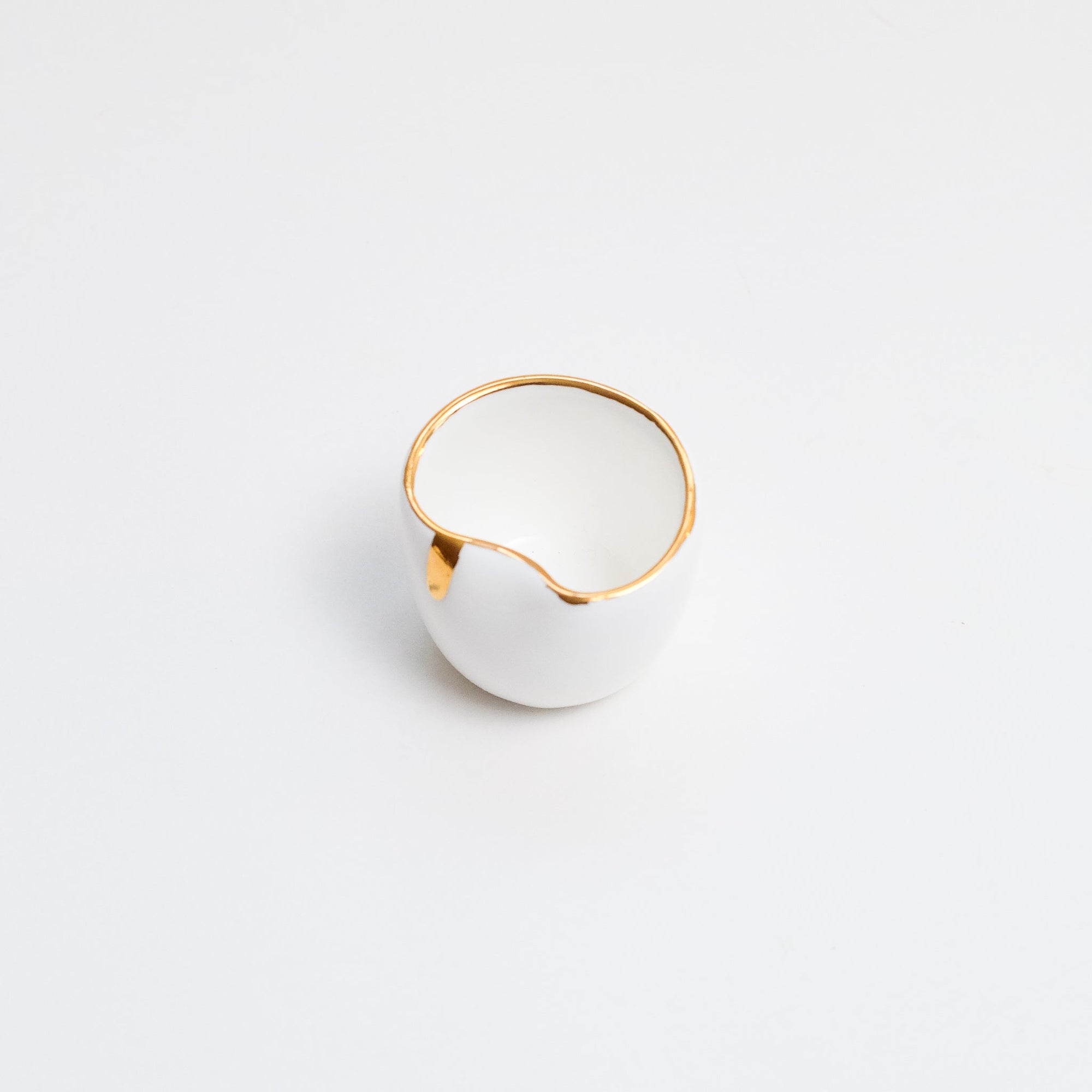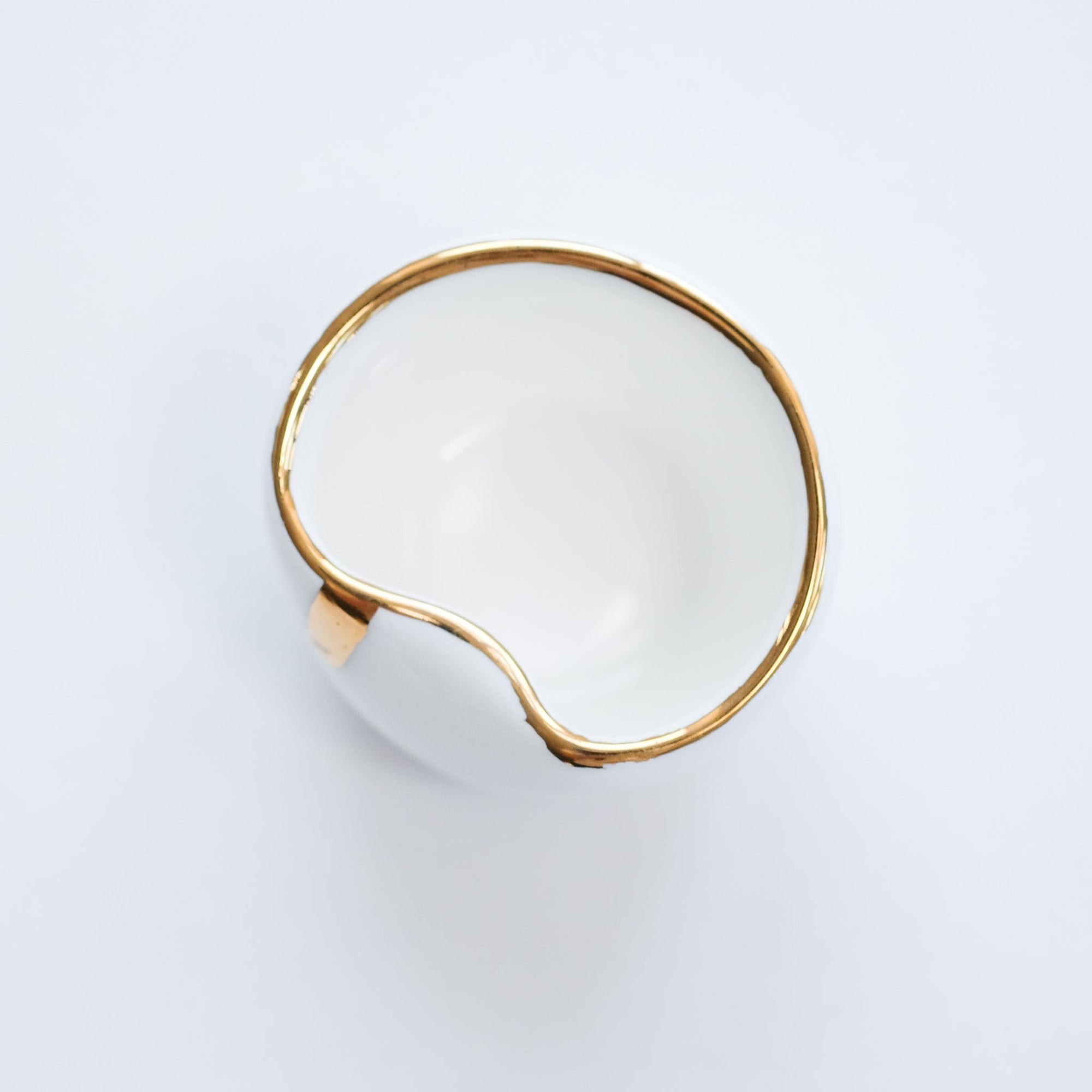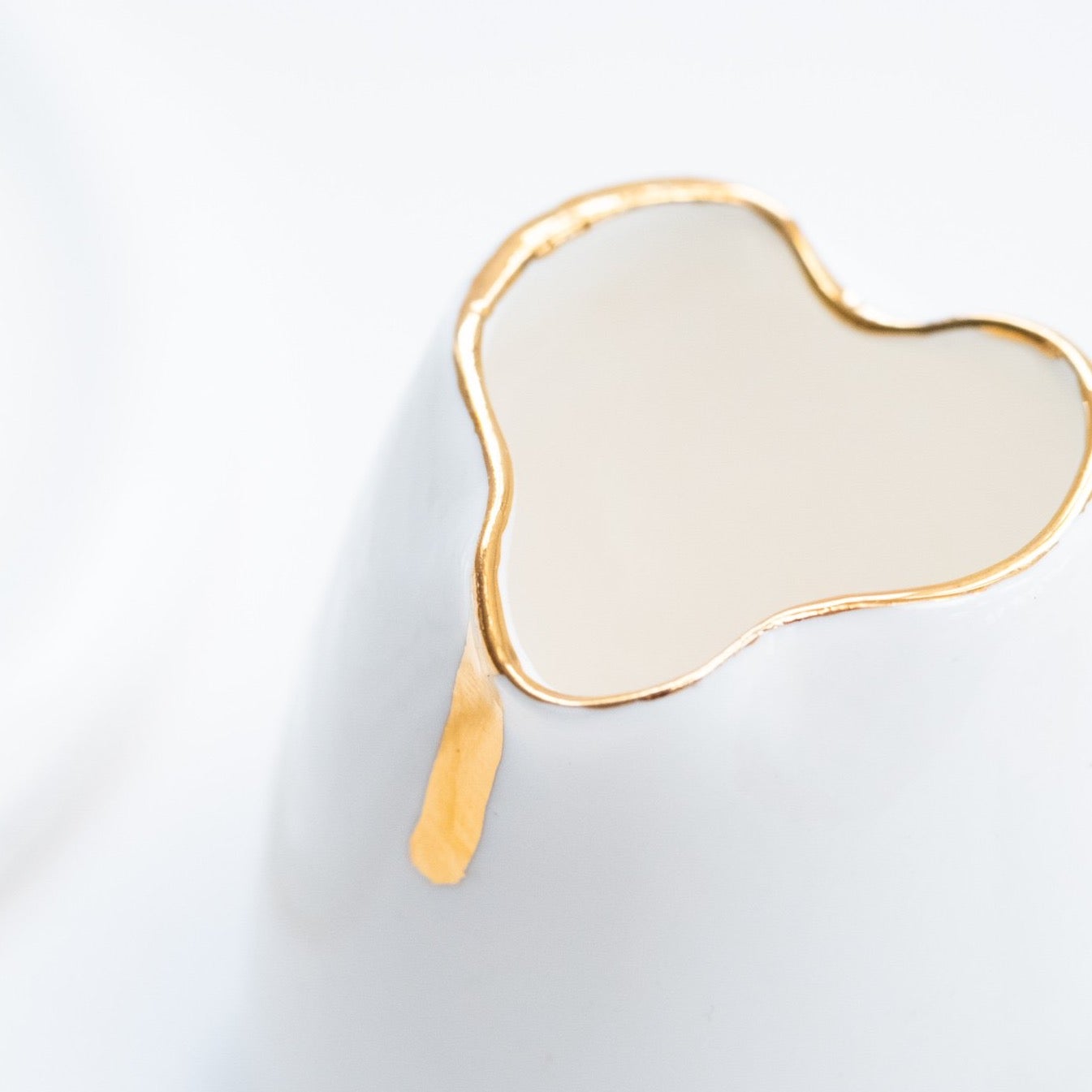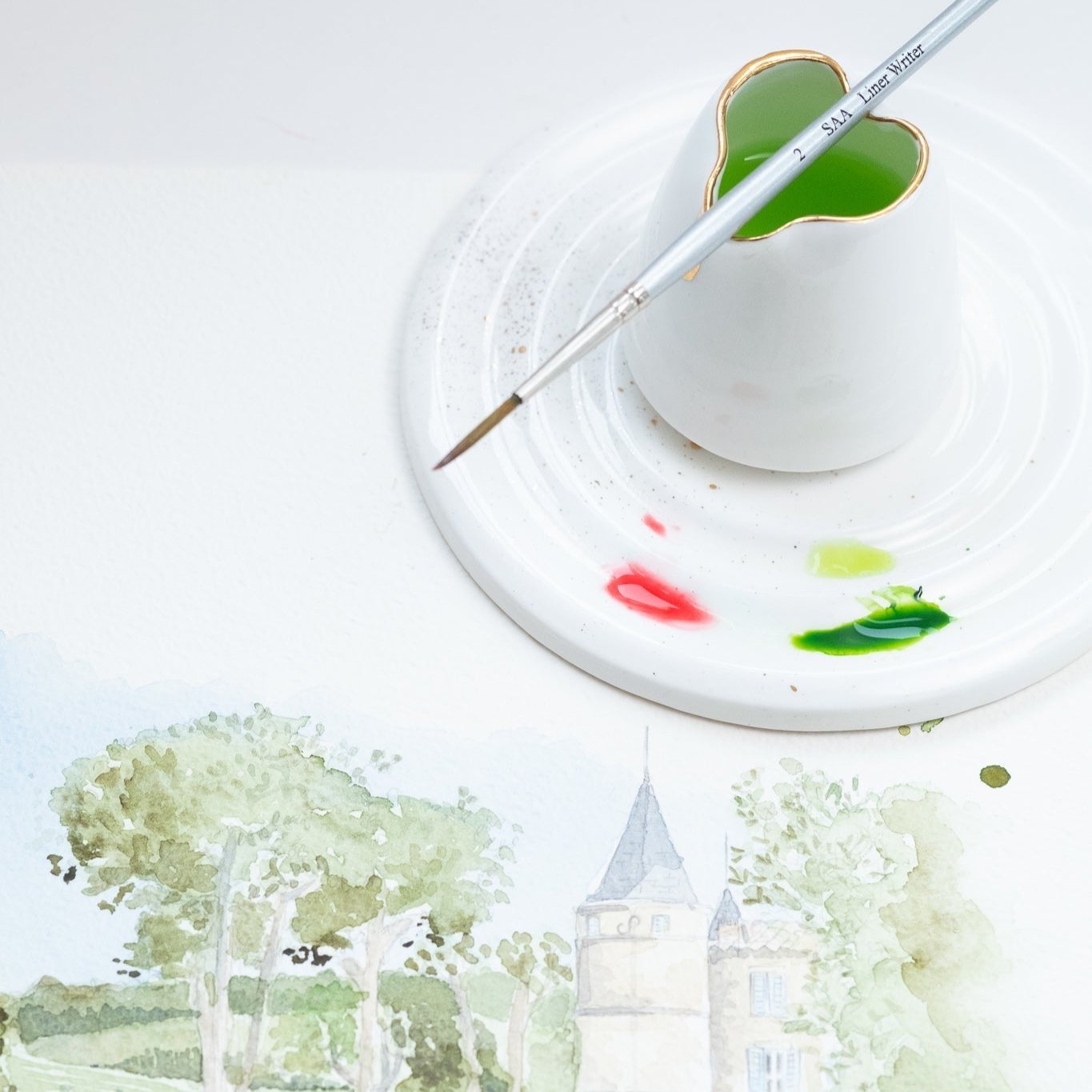Calligraphy Essentials
I’m often asked what you need to get started with calligraphy. Here’s a short guide to the tools and accessories I recommend, along with a few extras that, while not essential, make excellent additions to any budding calligrapher's desk.
Calligraphy Pens
Choosing your first pen is an exciting moment! Here in the Studio, I offer four different calligraphy pens, available as straight or oblique (with the exception of the Carrot, which is oblique only). All of our oblique pens come with my universal nib holder, designed to accommodate any size calligraphy nib, adjust the nib’s tilt, and be set up for both right- and left-handed use.
The Original Flourish is a fantastic starter pen. It features a simple, tapered design and is only available in black, keeping the price low while still including features similar to the more colourful Flourish. The Carrot is ideal for those who prefer a shorter tail and wider grip; I designed it to relieve finger strain and prevent calligrapher's claw. The Bloom is my flagship pen, the result of seven years of designing and making calligraphy pens. With a solid brass tail inspired by my very first calligraphy pen, it has an excellent weight and balance.
Calligraphy Nibs
With countless calligraphy nibs available, knowing where to start can feel daunting. I always recommend beginning with a G nib, which was originally used for manga but is ideal for modern calligraphy. The Nikko G is a great starting point, and I also stock Zebra G and Tachikawa G nibs.
If you're after more flex or finer lines that require expert handling, I offer a selection of other nibs perfect for both beginners and professionals. For more information on the nibs available in the Studio, check out my handy Calligraphy Nib Guide.
Inks
Choosing between all the options can be a bit intimidating, but don’t worry! I’ll give you a quick overview so you’ll be picking from a delightful array of colours in no time. To start, ink can be divided into two main categories: dye-based and pigment-based. As the names suggest, they’re made differently, with various pros and cons:
Dye-Based Ink
Pros
- Smooth-flowing and perfect for fountain pens, though also a good choice for dip pens.
- Often more translucent, allowing you to build up layers for a deeper colour and added effects.
- They even work well as a substitute for watercolour paint.
Cons
- Not lightfast – UV rays will eventually cause dye-based inks to change and lighten if exposed to sunlight.
- Not waterproof, so you can’t paint or write over them without smudging.
Our range of fountain pen inks is top quality and ready for you to explore here.
Pigment-Based Ink
Pros
- Often lightfast; since they contain colour particles, they’re more resistant to sunlight.
- Waterproof. Some pigment-based inks, like our Indian Ink, are permanent (thanks to a modern shellac), so they won’t bleed if you want to layer other inks on top.
- Deep, rich colours—the colour particles lend these inks a vibrant depth.
- Metallics! Our Finetec palettes are unmatched for sparkle.
Cons
- Settling can occur in inks with larger particles (especially metallics) as gravity does its work. To keep things mixed, you can either give it a shake or use a palette or a magnetic ink stirrer (trust me, it’s a game-changer!).
In addition to vibrant calligraphy ink colours, we also offer shimmer inks, metallics, mix-your-own ink kits, and a handy nib cleaning solution to keep your nibs in top shape.
Paper and Practice pads
Now that you have a pen, nibs, and inks, you just need something to write on. I offer a practice pad that’s light enough to place printable traceable cards behind, perfect for practising your lettering. We also stock practice pads from the wonderful Younghae at Logos Calligraphy, filled with guides and exercises to help you refine your skills.
One Dip Wonder
Not technically essential, but this little reservoir is a game-changer, and I always recommend it. It attaches to the back of your nib, holding extra ink so you can write longer between dips—more time practising, less time dipping!
"Absolutely amazing! I love it so much I ordered a second. It takes away the hassle of re-dipping and breaking your rhythm. Small but mighty, and easy to clean as well!" Ciara L.
Handy Extras & Shiny Things
Not essential, but these pen rests and accessories make a wonderful addition to your calligraphy toolkit.



















